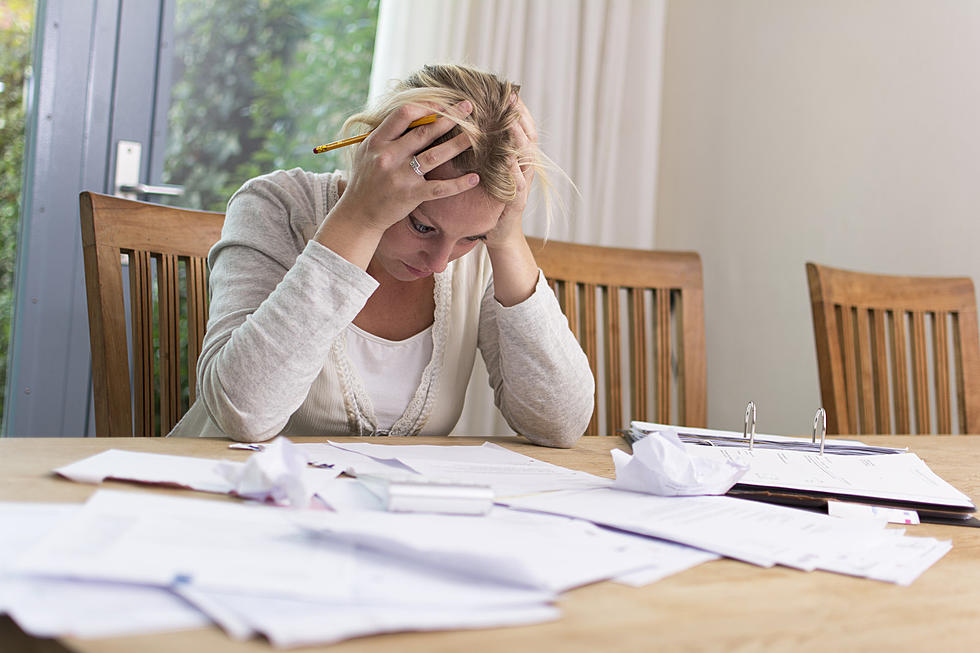
Dept. of Education Memo; What MA Schools Could Look Like in Fall
Governor Baker has made no official announcement on whether or not schools will open on schedule in the Fall, but the Department of Elementary and Secondary Education has released a memo highlighting guidelines for when in-person schooling does return.
The policies address key safety supplies and social distancing measures to protect students, teachers and staff from COVID-19.
According to the memo, the department is "operating with the best information we have as of early June about how to maintain the health and safety of our students and staff in any in-person school programs and limit the risk of COVID-19 transmission,” says Commissioner Jeffrey C. Riley.
Perhaps one of the biggest differences will be class size. Under the current memo, class sizes would be restricted to a maximum of 10 students, with a maximum of 12 individuals, including students and staff, in each room.
Successfully implementing 6 feet of social distancing will require significantly smaller class sizes and reduced staff-to-student ratios. Furthermore, where feasible, programs should isolate individual groups of students with one consistently assigned teacher, and groups should not mix with other students or staff
In addition to smaller class sizes, the memo's guidance includes details on requirements pertaining to face coverings and mask requirements, frequent hand washing and sanitizing, and maintaining 6 feet of separation.
The memo in its entirety can be read here, but major features are highlighted below.
- Staying home if sick: As part of the social compact of reopening, students and staff must stay home if they are feeling sick or have any symptoms associated with COVID-19. This means that schools will need to have enhanced protocols in place for managing staff and student absences.
- Face coverings and masks: Students and staff must wear face coverings or masks, with exceptions only for those students or staff for whom it is not safe to do so due to age, medical conditions, or other considerations. In cases in which face coverings or masks are not possible, social distancing of 6 feet is required, unless not feasible due to the personal situation. Parents will be responsible for providing students with face coverings or masks. Schools must have backup disposable masks available for students who need them. Staff may choose to wear their own mask or one provided by the school.
- Frequent hand washing and hand sanitizing: All students and staff must engage in frequent handwashing, including upon arrival, before and after meals, after bathroom use, after coughing or sneezing, and before dismissal. Protocols must be established for effective handwashing in which individuals use soap and water to wash all surfaces of their hands for at least 20 seconds, wait for visible lather, rinse thoroughly, and dry with an individual disposable towel. If handwashing is not available, hand sanitizer with at least 60 percent alcohol content can be used.
- Maintaining 6 feet of separation at all times: All students and staff must maintain a social distance of 6 feet to the greatest extent possible. Desks must be spaced at least 6 feet apart and facing the same direction, and protocols must be developed to maintain this distance when students are entering and exiting the building and moving through the school (including to and within restrooms) when feasible.
- Isolation and discharge protocols for students who may become ill during the day: Schools must develop protocols for isolation and discharge of students who become sick during the school day. A specific room must be maintained for students with COVID-19 symptoms that is separate from the nurse’s office or other space where other ailments are treated.
- Smaller, isolated groups of students assigned to one teacher: Successfully implementing 6 feet of social distancing will require significantly smaller class sizes and reduced staff-to-student ratios. Furthermore, where feasible, programs should isolate individual groups of students with one consistently assigned teacher, and groups should not mix with other students or staff. At this time, group sizes are restricted to a maximum of 10 students, with a maximum of 12 individuals, including students and staff, in each room.
- Regular cleaning, sanitizing, disinfecting, and disposal protocols: Schools will need to undertake new protocols and routines to ensure that facilities and surfaces are regularly cleaned, sanitized, and disinfected in accordance with health and safety guidelines and that hazardous materials are disposed of properly.
- Entry screening and other facility operations: While additional information about symptom screening and other facility operations will be provided in the coming weeks, after discussions with the COVID-19 Command Center’s Medical Advisory Committee, it is not recommended to temperature check students at entry due to the significant number of both false positive and false negative results.
More From WBEC FM









